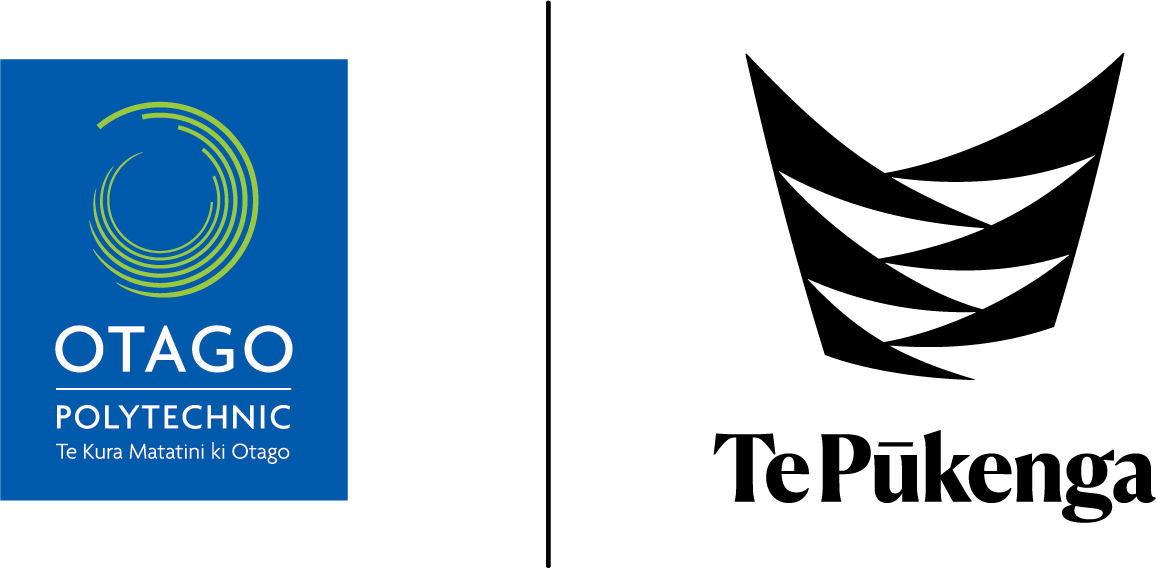
Polykids - Positive Guidance
Tamariki’s potential is nurtured through effective, and consistent guidance that promotes their Self-esteem, Self-worth, and Mana. Kaiako will provide a positive role model for all tamariki which develops the tamaiti ability to develop skills of positive self-management.
Licensing criteria: C10
National guidelines: Te Whariki - Belonging, Goal 4: Children experience an environment where they know the limits and boundaries of acceptable behaviour.
NELP: Learners at the centre. Objective 1. Priority 1: Ensure places of learning are safe, inclusive, and free from racism, discrimination and bullying
Strategies for behaviour guidance:
Maintaining mana enhancing relationships - built on trust and respect. This is necessary for any of the mentioned strategies to have a positive outcome for tamariki.
Strategies used in our everyday practice to help guide our tamariki behaviours include:
• Intentional use of planned ignoring - for minor ongoing repetitive behaviours.
• Use of language to support and guide tamariki learning and understanding.
• Redirection or coaching - as an opportunity to allow tamariki to reset and refocus themselves, this may require additional assistance from a kaiako.
Re-direction of unacceptable behaviour is suitable within a group setting, at no time will tamaiti be removed from the learning environment - (isolated or restrained).
Tamariki may be guided to other areas of the centre assisted by a kaiako. This allows for reset and preservation of mana.
Tamariki will always be told/be given an explanation, why a behaviour is unacceptable in a way appropriate to their age and development.
Kaiako will always talk in terms of a “behaviour” being unacceptable. This practice identifies that the behaviour is the focus and not the individual tamaiti.
Tamariki will be given the opportunity to correct their own behaviour through verbal prompts, visual cues, and modelling from kaiako.
Kaiako will help tamariki resolve disputes by modelling appropriate language and behaviour.
Extremely Inappropriate Unacceptable Behaviour such as causing injury or harm to (self, tamariki, kaiako, centre whānau), may lead to removal from other individuals or the group. This supports the safety of all. We are aware of the need to maintain tamaiti sense of worth and uphold their mana while they take the time to de-escalate emotionally and physically.
Our collective process is:
- Kaiako remain calm.
- Kaiako have clear, concise, communication and the ability to ask for support from other kaiako, while helping to support tamaiti to co-regulate.
Coaching tamaiti through de-escalation: this may include strategies such as breathing, gentle conversation based on emotions and empowering an assisted alone time (this may include calming exercises).
- When tamaiti refuses to be near a supporting kaiako. Kaiako will remain within a safe supervision distance, allowing themselves availability to tamaiti.
Steps taken to modify behaviour – Planning:
In most situations incidents happen and tamaiti involved will feel very remorseful about hurting or upsetting others, this type of situation may only ever happen once, and no continuation plan is needed. In this situation a conversation with whānau will be engaged to provide a context to the situation.
When behaviours become consistent and result in others within the environment being physically hurt, our behaviour planning is implemented. Our behaviour planning is based on a number of steps:
- Ongoing conversations with whānau - gathering of information, gaining additional context.
- ABC Behaviour Sheet: being used to collect information, this consists of antecedents, behaviours, and consequences. This is used to gather:
- Additional information and then ascertain what strategies are best used to positively reinforce tamaiti behaviour.
- The individual strategies that will be used by kaiako, to modify tamaiti behaviour will be shared with whānau.
- Written observations and learning stories will be used when appropriate, to identify behaviour and the antecedent. These are tools that can be used to gather additional information.
- Kaiako will discuss and work alongside parents to develop positive guidance plans. These plans will be discussed at team meetings, this allows consistency of guidance plans within the kaiako team. Parents will be kept informed of their tamaiti progress.
- As the need arises and all strategies have been exhausted with no improvement. Kaiako will ask for the support of external agencies to support both kaiako and whānau. This will often be part of ongoing meetings with parents and includes the Ministry of Education referral process.
- In the situation that our behaviour strategies are not working, and we can no longer keep tamaiti, other tamariki, kaiako or our centre whānau safe we will ask for parents to collect their tamaiti. This allows for a reset in the home environment with their whānau. We are a group learning environment, and we must consider the wellbeing and mana of all who attend our environment.
Kaiako are enthusiastic about tamariki and their learning and development. Continuously looking to engage and participate in workshops and courses that reinforce positive guidance strategies.
- The use of physical force or punishment will not be tolerated within our Centre environment.

